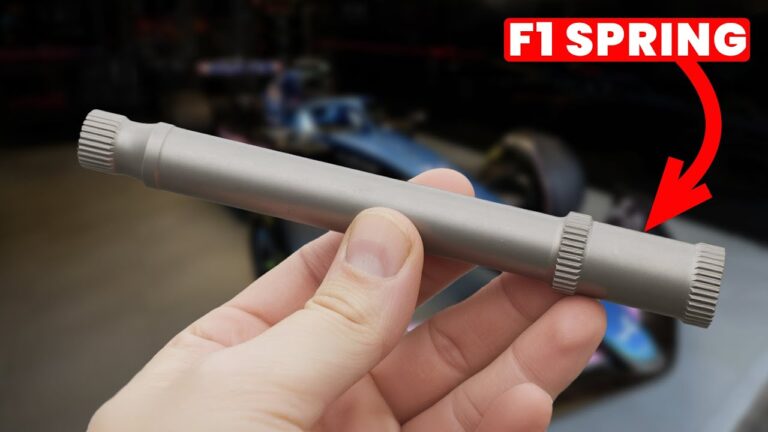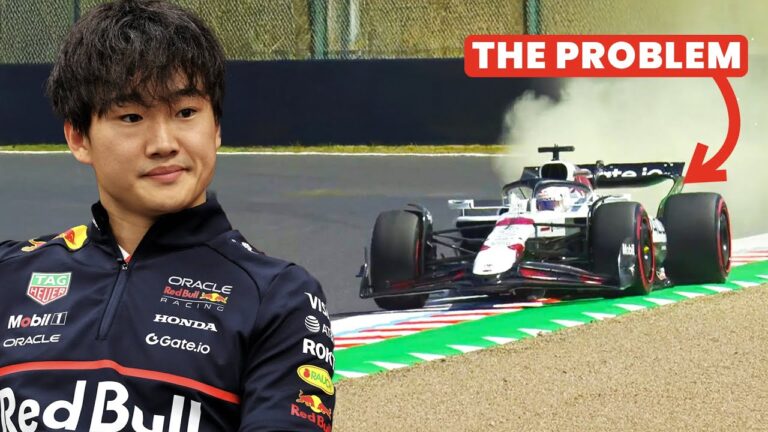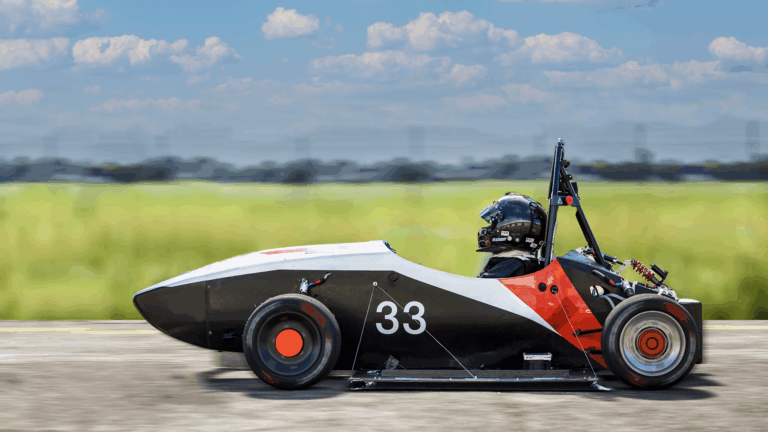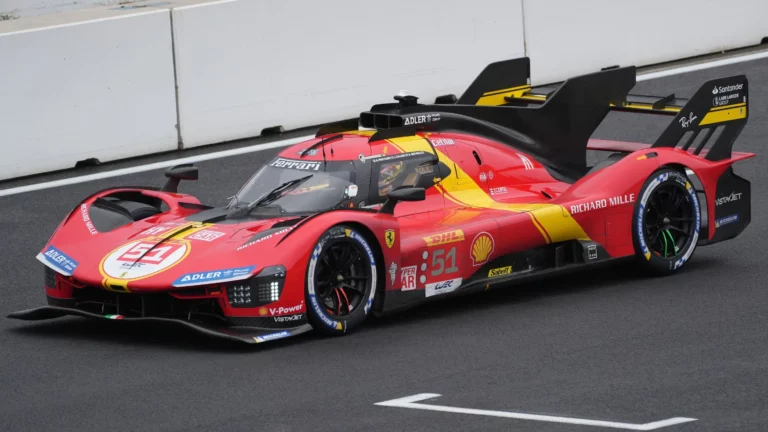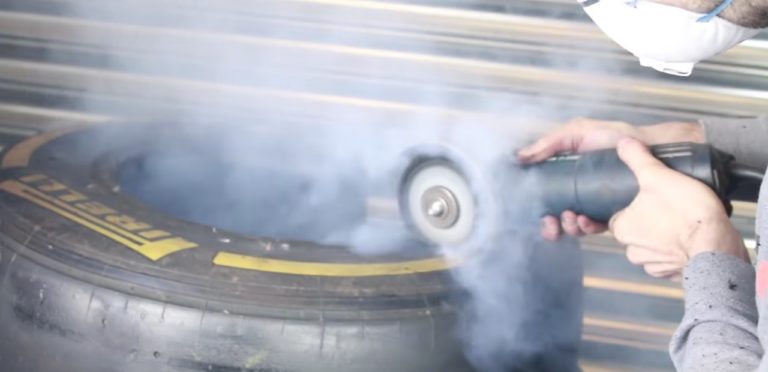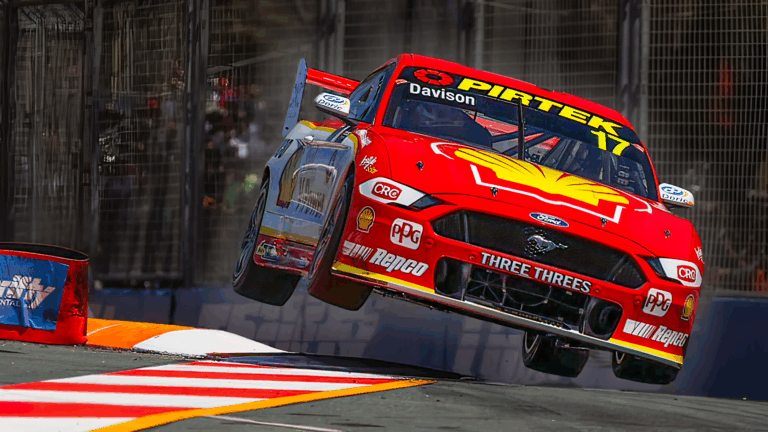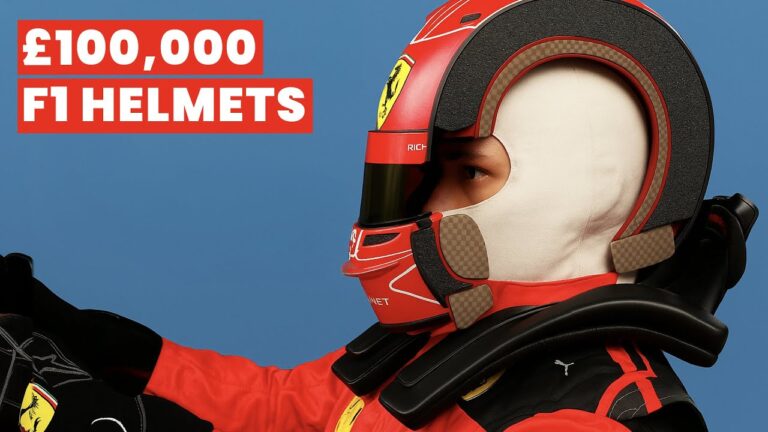
The Insane World of Supercart Racing: Engineering Marvels in Miniature
Supercarts are the unsung heroes of motorsport engineering. With just 100 horsepower engines powering a machine weighing only 220 kilograms (including the driver), these racing cars punch far above their weight. Their power-to-weight ratio and downforce levels enable them to break lap records and, on some tracks, even outperform Formula 1 cars.
Despite their compact size and 250cc inline twin two-stroke engines, they deliver a staggering performance, revving up to 14,000 RPM and running through five or six-speed gearboxes.

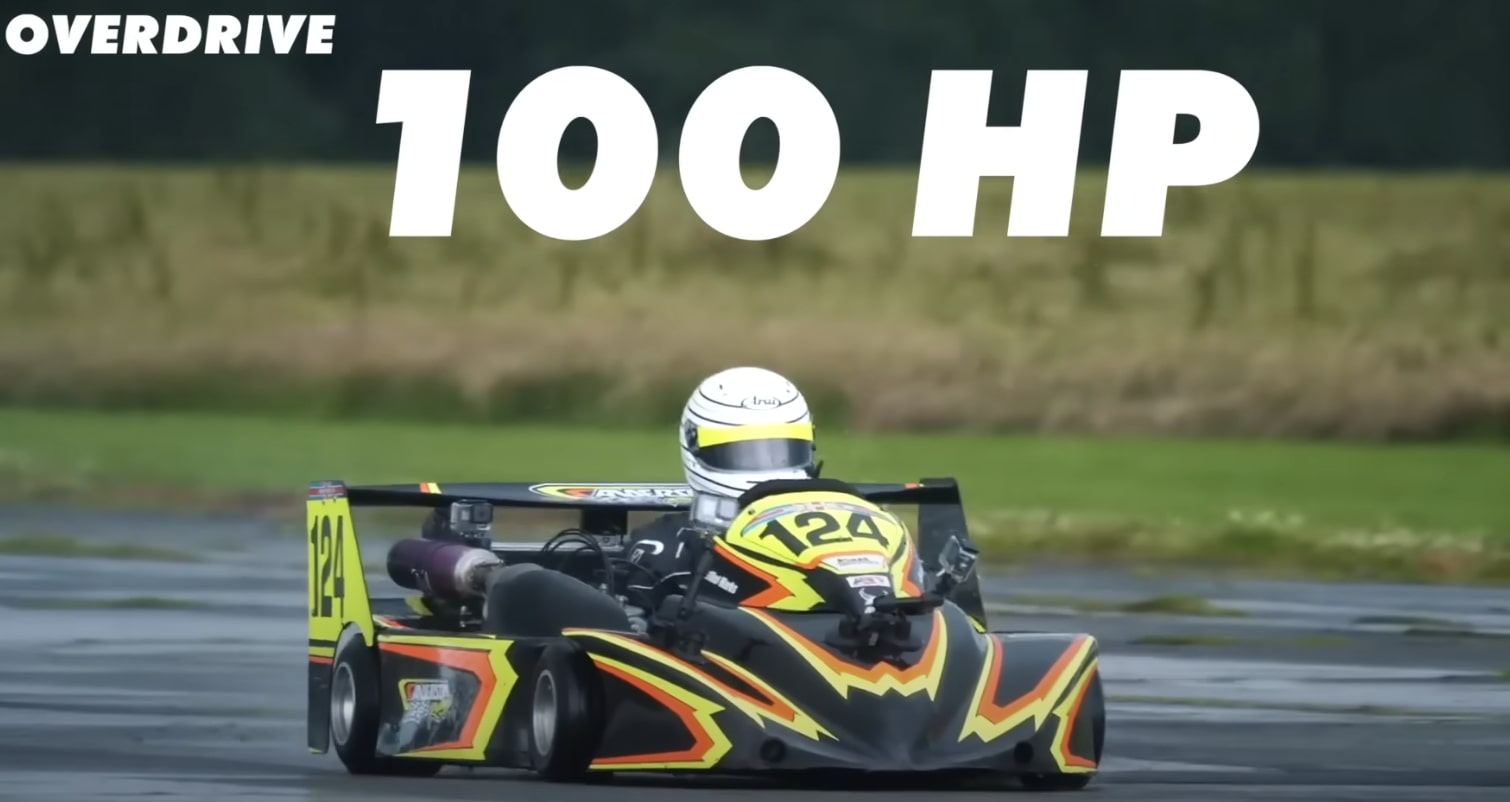
What Makes a Supercart So Fast?
At first glance, a 250cc engine might not sound impressive. But these water-cooled two-stroke engines are highly efficient, firing twice as often as a four-stroke engine. This design generates exceptional power for their size. Coupled with a lightweight chassis, sticky slick tyres similar to those in Formula 1, and an incredibly low center of gravity (just 15mm off the tarmac), supercarts achieve extremely high cornering speeds.
Unlike traditional go-karts, supercarts feature individual disc brakes on all four wheels, providing exceptional stopping power. Their aerodynamics—through adjustable nose cones, floors, and rear wings—create nearly 100 kilograms of downforce at 100 miles per hour, equivalent to half the car’s weight. This is particularly useful on high-speed circuits like Silverstone, where these machines can exceed 140 mph.
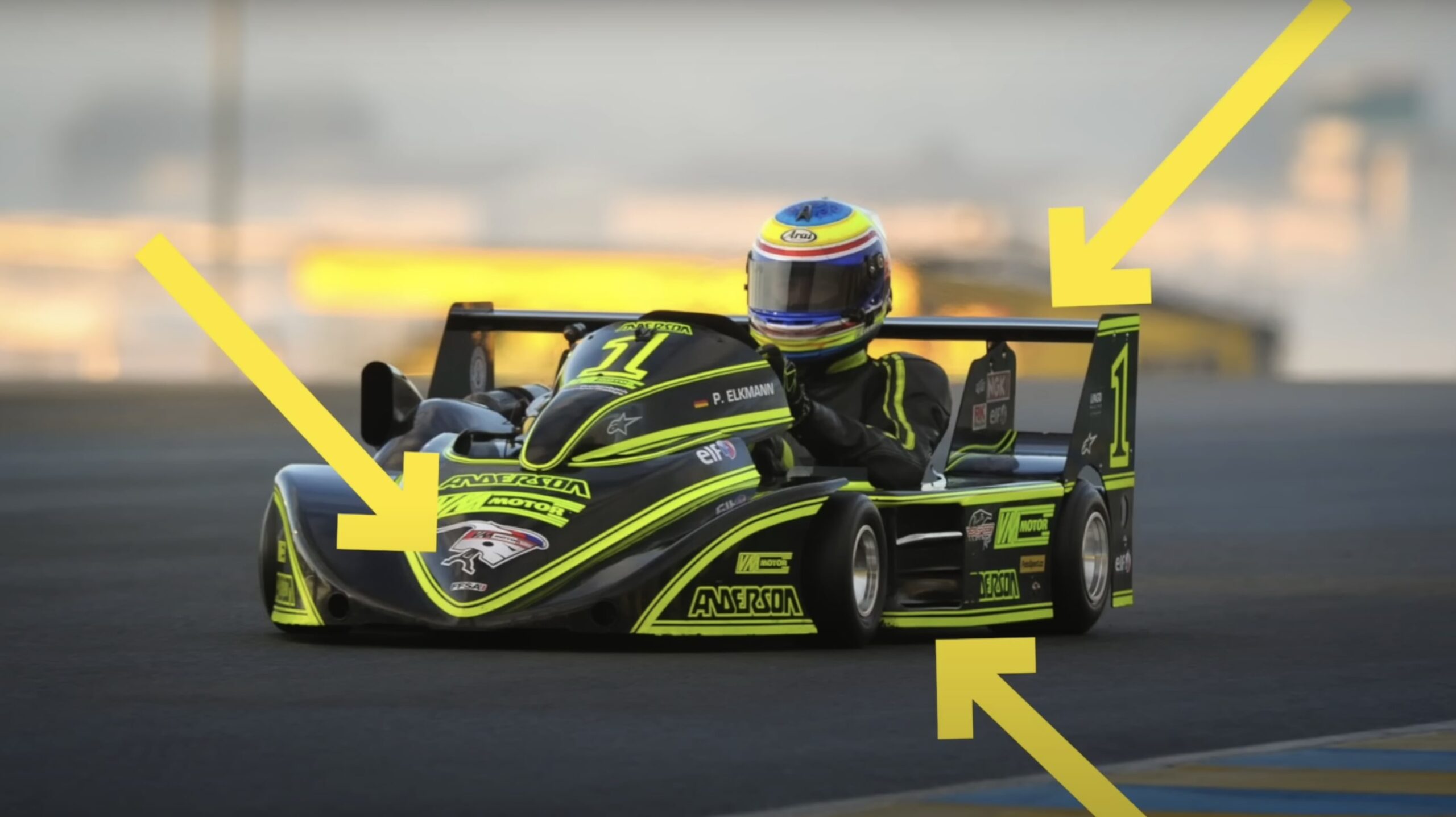
The Driver Experience
Driving a supercart is not for the faint-hearted. With no suspension and minimal safety features, every vibration from the tarmac is felt. The proximity to the ground enhances both the sense of speed and the challenge of maintaining control.
Drivers wear leather suits, not only for protection but also because, in the event of a crash, they rely on being thrown clear of the car—similar to motorcycle racing.
Supercarts demand absolute focus and precision. Their solid rear axles can cause understeer in tight corners, but skilled drivers can use throttle control to rotate the car and power through exits. This high level of direct feedback provides a driving experience akin to Formula 1, yet arguably even more raw and visceral.
Racing Dynamics: Respect on the Track
Supercart racing showcases an intriguing balance between aggression and respect. With grids of up to 60 cars on tight circuits like Cadwell Park or Donington, drivers give each other just enough room to avoid collisions, acknowledging the risks involved.
Despite this, the racing is incredibly close due to the aerodynamic phenomenon of drafting, which keeps cars grouped together in high-speed packs, much like a peloton in cycling.

A Test of Nerve and Skill
The technicality of supercart racing extends beyond raw speed. Tracks range from modern, spacious circuits like Paul Ricard to old-school, narrow layouts like Oulton Park. Each presents unique challenges, testing a driver’s ability to adapt. The absence of suspension means that curbs, which are essential for time-saving in other racing categories, are often avoided to prevent destabilising the car.
Drivers who excel in supercart racing showcase unparalleled composure and technical skill. Watching a seasoned driver navigate these machines reveals the delicate balance between pushing the limits and maintaining control.
The Thrill and Danger
While supercarts are engineering marvels, their lack of safety features means crashes can be severe. Footage from events like Adelaide’s street circuit races shows just how dangerous this motorsport can be, with incidents leading to fires and multiple collisions. Yet, this rawness is part of what makes supercars so captivating—they are as much a test of courage as of skill.
Why Supercarts Are Engineering Masterpieces
Supercarts embody a unique intersection of simplicity and sophistication. Their lightweight frames, high-revving engines, and aerodynamic efficiency demonstrate how meticulous engineering can produce astonishing results. These cars haven’t changed much since their inception in the 1980s, and yet they remain some of the most thrilling machines to watch and drive.
For those passionate about motorsport, supercart racing offers a glimpse into a pure form of competition. It strips back the excess and focuses on the essentials: speed, skill, and the relationship between driver and machine.




